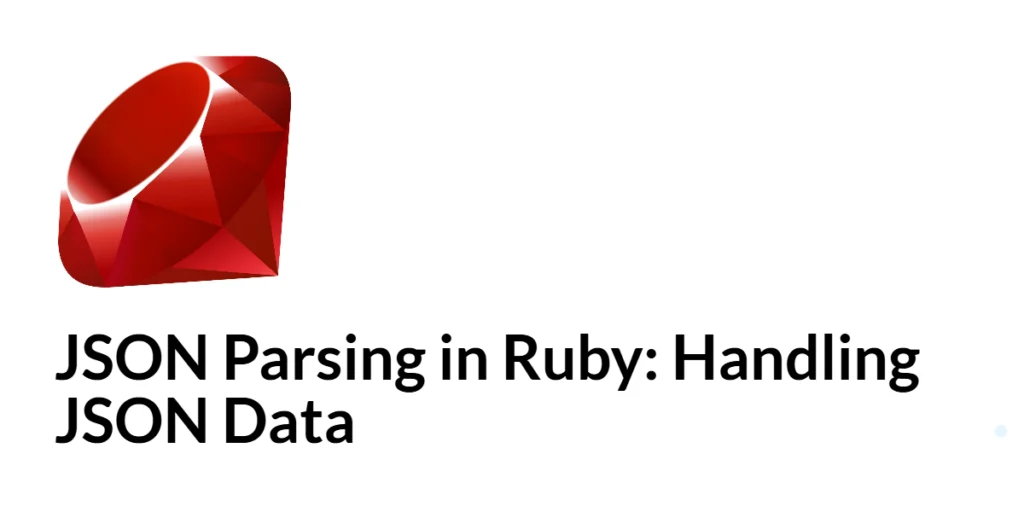Understanding Ruby’s Enumerable Module: Powerful Collection Methods
The Enumerable module in Ruby is one of the most powerful and frequently used modules in the language. It provides a collection of methods that are available to classes which include it, such as Array, Hash, and Range. These methods allow for efficient and elegant manipulation of collections, making tasks like iteration, transformation, and filtering […]
Understanding Ruby’s Enumerable Module: Powerful Collection Methods Read More »









